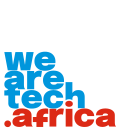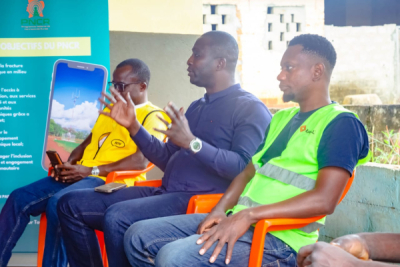- Burkina Faso advances digital education through PACTDIGITAL initiative
- Plans include online platform, updated curricula, ICT equipment in schools
- Challenges remain: poor connectivity, limited training, equipment shortages
Burkina Faso is pushing forward with the integration of digital technology into its education system. The Digital Transformation Acceleration Project (PACTDIGITAL), led by the Ministry of Digital Economy, outlined its support for the Ministry of Secondary Education and Technical and Vocational Training on Wednesday, September 10.
The project's key initiatives include updating telecommunications and ICT curricula to better align with job market demands, launching an online learning platform, strengthening local skills in creating educational multimedia content, and providing digital equipment to scientific high schools in Ouagadougou and Bobo-Dioulasso.
According to Haoua Ouattara/Dama, the project coordinator, these actions aim to digitize core ministerial processes, modernize teaching practices, and pave the way for new digital-related careers. Boubacar Savadogo, the Minister of Secondary Education, stated that the support will help improve the quality of training and increase the number of skilled digital professionals.
The initiative is part of the Burkinabè government's broader digital transformation goals, which aim to leverage technology for key sectors, including education. For example, a project to develop 95 educational mobile applications was announced in February 2024. UNESCO believes that digital learning has the potential to expand access to education, improve learning outcomes, and equip students with the knowledge and skills needed to tackle 21st-century challenges.
However, the integration of ICT into Burkina Faso's education system faces several obstacles. A 2023 government assessment highlighted structural and technical challenges, including insufficient coordination among different stakeholders, a lack of widespread public awareness, and limited and expensive internet connectivity. The report also pointed to issues with cloud service functionality, low fiber optic coverage in educational institutions, a lack of adequate training, and a shortage of computer equipment and logistical materials.
Isaac K. Kassouwi



















